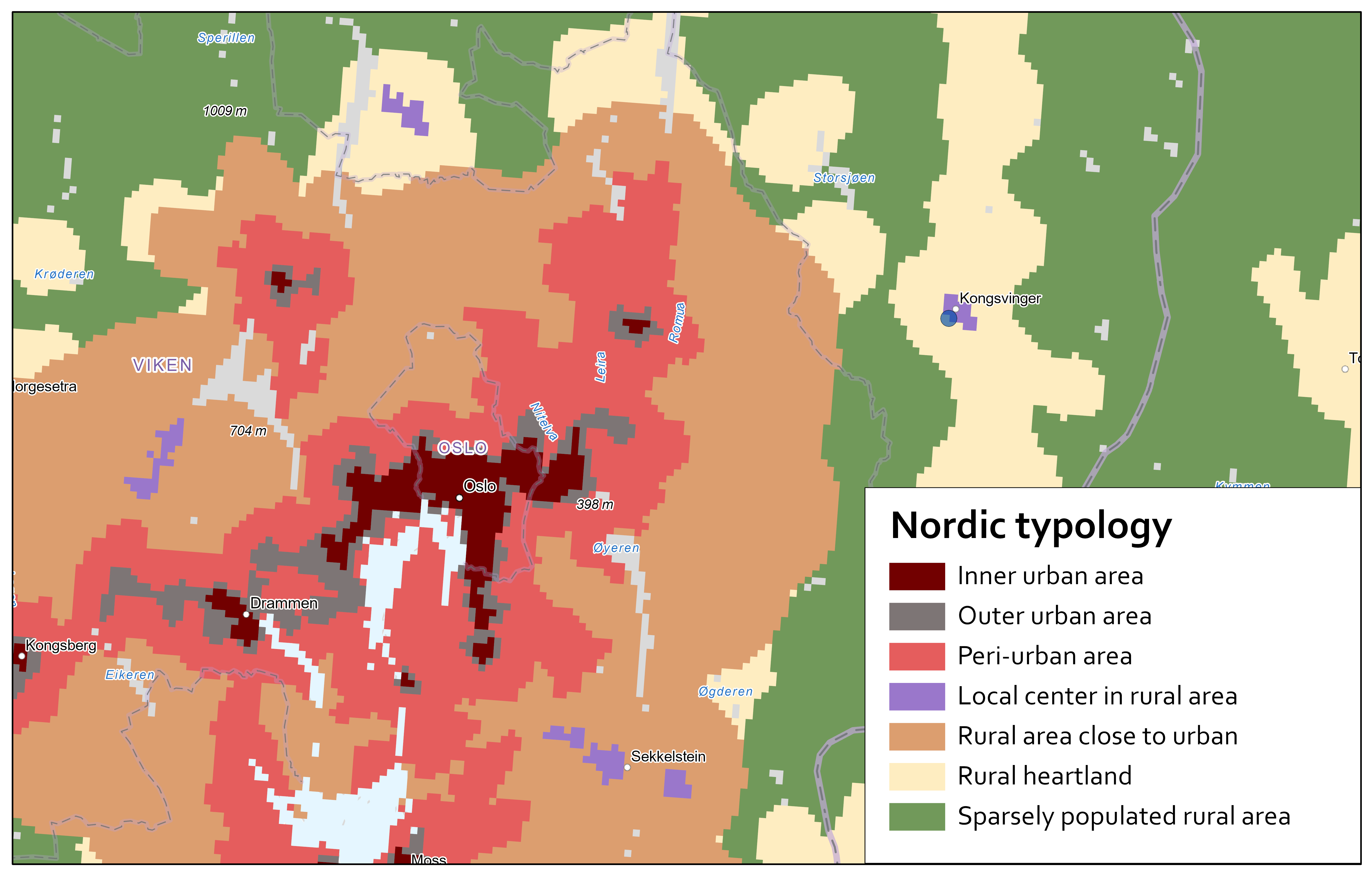Image 19. Central Kongsvinger with the fortress on the top of the hill. (Source: Anna Granath Hansson)
Case 4: Kongsvinger, Norway: Frontier town on the river
Kongsvinger has approximately 13,000 inhabitants and is located 150 km north of Oslo (Map 5). Located near the Norwegian-Swedish border, the town grew around the fortress constructed to protect Norway, but its significance diminished after the union between Norway and Sweden in the 19th century. However, the town started to grow again as the importance of trade increased, and the town was able to capitalise on its strategic location.
The old town just below the fortress is characterised by historic wooden houses and single-family housing. The town centre is largely modern and dispersed, separating shopping and public services (Image 19). The most attractive part of the town, along the river, is dedicated to education with both elementary schools and a higher education institution under construction, as well as sports facilities. The train station, as well as larger amounts of modern single- and multi-family housing, are situated on the opposite side of the River Glomma. Today, the hospital, the municipality, and Statistics Norway are the largest employers. Kongsvinger is considered the central urban agglomeration in a region of 45,000-50,000 inhabitants, which has implications for the demand for private and public services, including shopping, restaurants, cinema, theatres, etc. Its location along the river, and proximity to lakes and woodland areas, creates opportunities for sports and recreation. Connections to other urban areas are provided through the road network as well as the railway line between Stockholm and Oslo. Between 20 and 25% of the working population commute in the direction of the capital.
